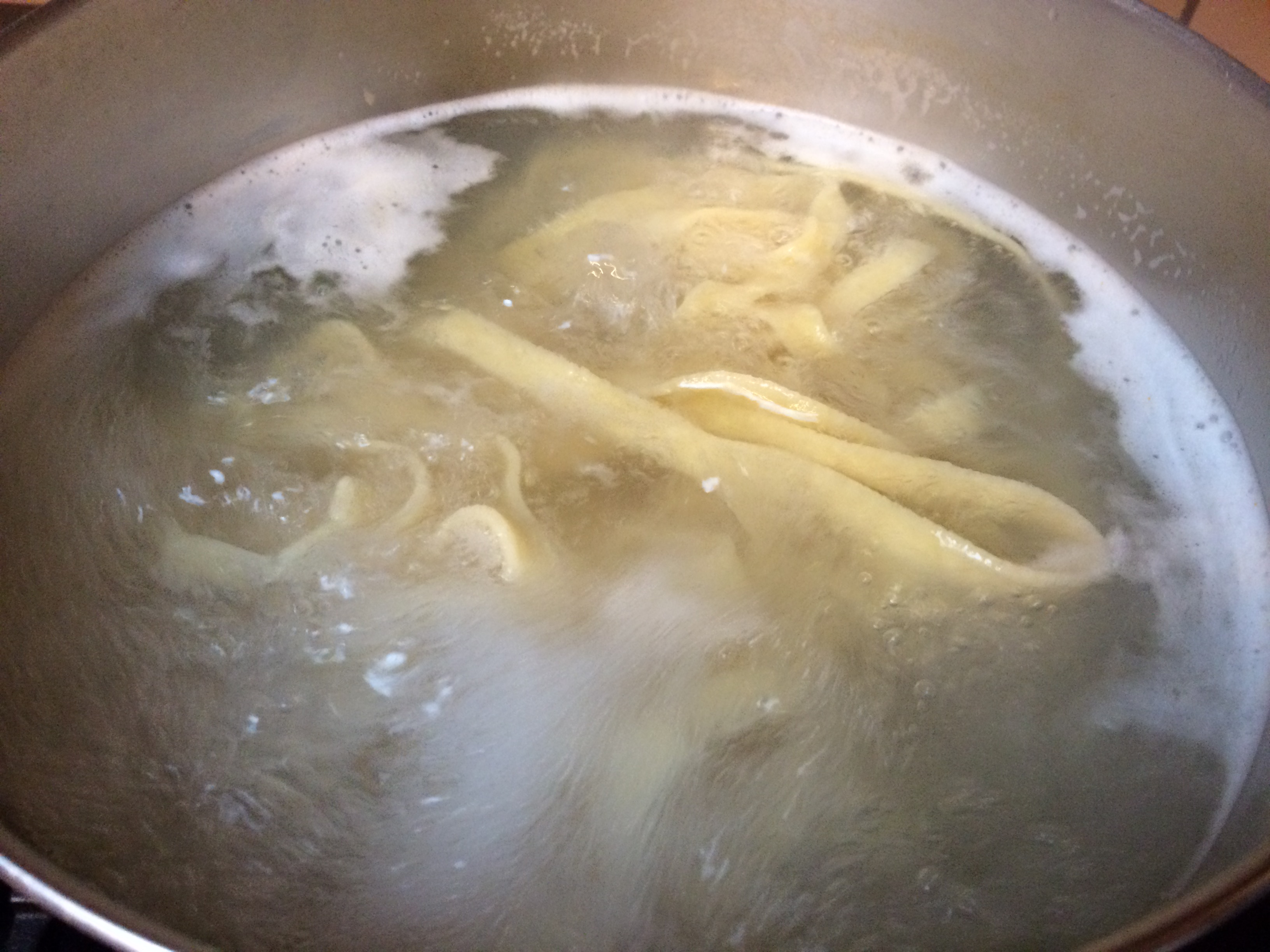How to Dispose of Food Scraps
Throwing away scraps of fruits and vegetables doesn’t seem like a big deal. It might even seem like nothing… but imagine if you piled up all those scraps for a year… they would soon turn into a mound and then grow into a hill (depending, of course, on how much you cook). Here are some suggestions to get rid of all the little scraps in a kitchen, once all avenues are exhausted and they are truly kitchen scraps.
If you haven’t yet, it’s time to start composting!

How to Dispose of Food Scraps
True Scraps?
Food scraps should not go with the regular trash and end up in landfills. Organic matter in the landfill releases methane, a potent greenhouse gas. Since composting is an important part of helping with this problem, everyone should be doing their part to properly dispose of food scraps.
When figuring out what to do with food scraps, the first step is to exhaust all possible uses for them before deciding that they are actually true food scraps. When all possible uses are exhausted, including trying to regrow them, then it’s time to explore what to do with the leftover items that truly are kitchen scraps.
Determining if food is really ready for the compost pile can get tricky and depends upon the individual food item and how it was stored. For instance, the carrots in this picture appear to be just fine and one may think that they should have been repurposed instead of composted. Well, looks can be deceiving. These carrots felt slimy and were clearly past their carrot EatByDate.
Once you have determined that food scraps can no longer be refused, reduced, reused or recycled then the time has come to let them rot. Since rotting is the most environmentally friendly way to dispose of food scraps, that means that either you’re already composting or that it is long past time to begin learning how to compost. Have an excuse for not composting? Keep reading for rebuttals to the most common excuses.
How to Dispose of Food Scraps
Excuses - Denied!
Don’t know how to compost?
If all else fails and food scraps really are food
scraps, then remember to dispose of them in the most
earth friendly way possible. Composting can be
achieved in so many different ways now, that excuses
to not compost are becoming obsolete. If
you’re new to composting, check out this
Composting 101
page for details on all the how-tos associated with
composting.
Don’t want it in your yard?
If you don’t want food scraps in your yard,
then ask a community garden, a vendor at the farmers
market or a nearby farmer. You can place scraps in a
bag in the freezer, so there’s no odor, and
then drop them off when the bag is full. Also ask
your waste management company, they may have a
separate way to collect them.
Don’t have a yard?
Check with the building manager to see if there are
any programs available with the local waste company.
There are special containers and bags that even make
composting in condos and apartments a climbing new
trend (see the additional information section below
to purchase some pretty cool containers for this
very purpose). Many new condominium buildings even
have separate trash shoots on every floor to deposit
only food scraps.
Don’t have the tools?
Simply click the pictures below to have a sleek
container and biodegradable bags delivered right to
your door!
How to Dispose of Food Scraps
Additional Info
This countertop container makes composting by the sink quite easy.
Don’t forget to use bags inside the compost container – ones that also decompose, of course.
Here are a few more trash foods that should be re-considered before tossing away.










